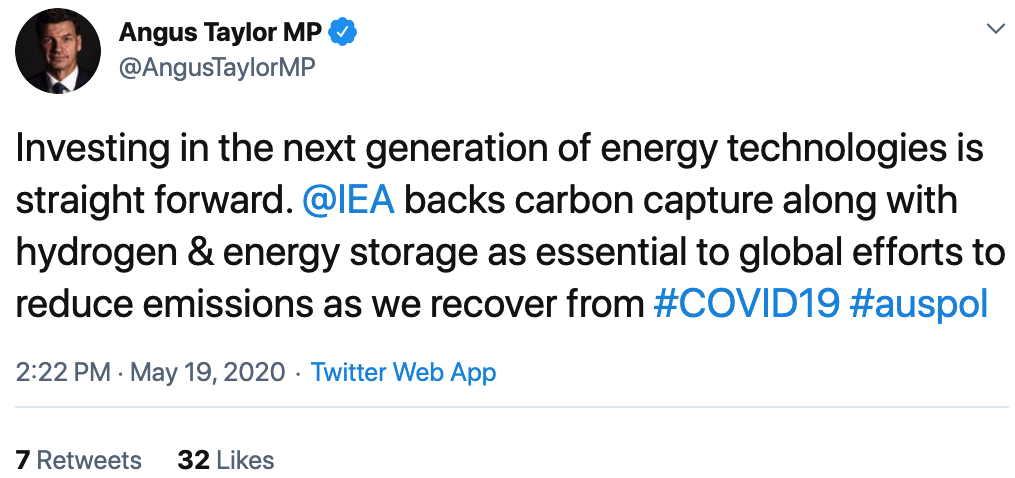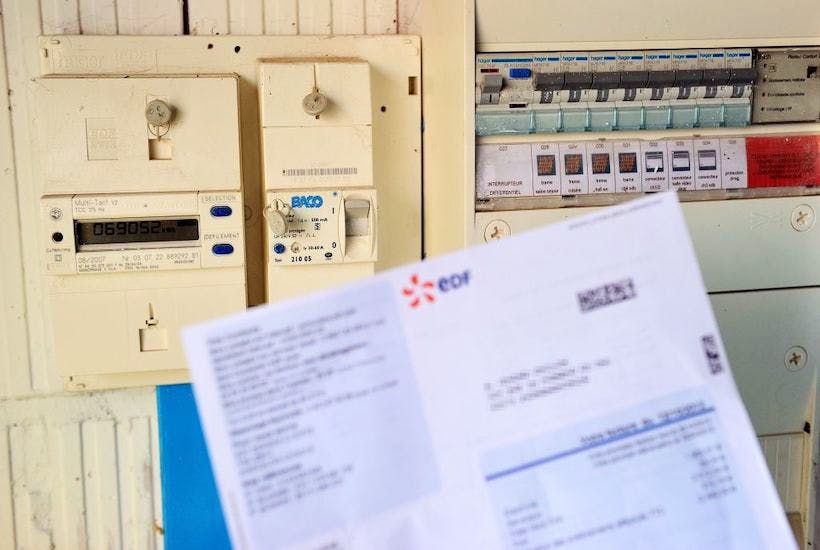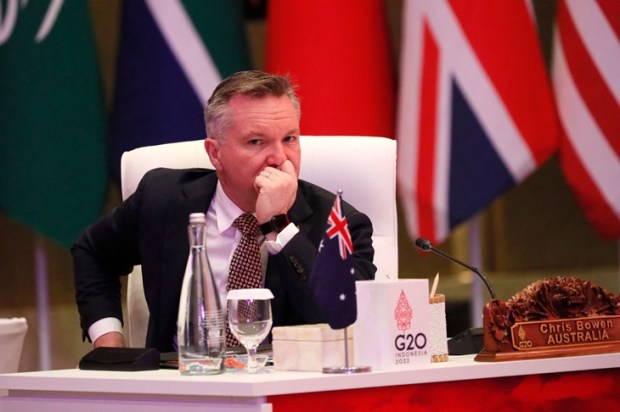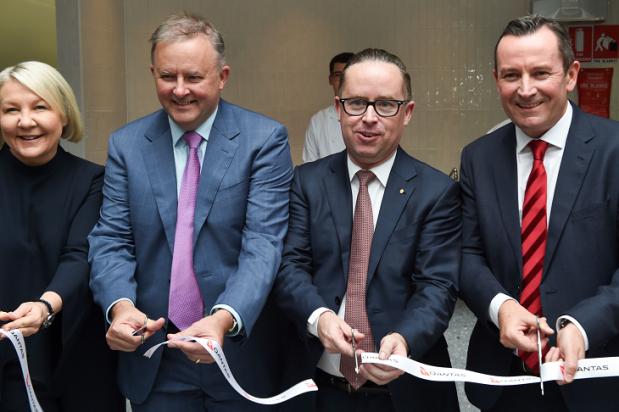As part of the ABC’s climate conspiracy agenda, Four Corners this week highlighted the “anger” at the government from the senior mandarins from its failure to deliver their goal of a carbon tax. Their preferred approach was notwithstanding the tax rate would today have to be $US100 per tonne, a staggering $80 billion a year impost.
Also unmentioned was government action on the chimaera of climate change that presently costs over $4 billion a year in regulatory and direct funding. Included in this are regulatory requirements to support wind and large-scale solar (at a cost this year of $1.1 billion) and rooftop solar which this year is costing $1.7 billion.
There are two components of the Commonwealth’s Climate Solutions Package of direct spending budget on emission reductions. The first is a “$2 billion Climate Solutions Fund to support Australian farmers, businesses and communities to adopt new technologies that reduce emissions and increase efficiency and productivity.” The second is $1.5 billion, partly to finance measures for Snowy and TasHydro links to shore up an electricity grid that subsidised renewable supplies have degraded, and partly to teach people how to reduce their emissions and for a network of electric vehicle chargers. In addition, other government funding vehicles include Australian Renewable Energy Agency and the Clean Energy Finance Corporation both of which Energy Minister Angus Taylor is encouraging to fund hydrogen, the latest tech will o’ the-wisp.
To provide carbon emission reduction advice, Taylor last year appointed a panel, chaired by former energy business leader, Grant King, and comprising three other greenhouse warriors and subsidy supporters: Susie Smith, of the Australian Industry Greenhouse Network; David Parker, the Clean Energy Regulator; and academic Andrew Macintosh. The review was staffed by the same environment department officials that gave us the Turnbull carbon tax proposals.
Unfortunately, the Grant report’s 26 recommendations, none of which the government opposed, are the springboard for a new set of policies.
The main policy extensions from the King review are twofold. The first involves pouring further funding into carbon capture and storage, a technology which a dozen years of experience demonstrates cannot possibly work at anything other than exorbitant costs. Australian taxpayers have already sunk a billion dollars on this policy, largely by bankrolling an international propaganda program through the “Global CCS Institute”, that refuses to publish its accounts.
Secondly, the program involves “Safeguard Mechanism Credits” (SMC). The minister unconvincingly says this policy is not really new but, at the very least, it is an extension of the existing provisions whereby firms have a cap on their emissions and can trade the emissions they are recorded as having saved with other firms or sell the savings to the government. The King review describes the SMC as a “low-emissions technology deployment incentive scheme not unlike the Renewable Energy Target”. A new bureaucracy is to be established to examine proposed investments to rule on the emission savings they claim to make. The SMC would extend the existing pathway into a cap-and-trade emissions program, which is a form of carbon tax.
Instead of addressing rejecting the fallacy of a carbon tax and the pointlessness of emission reduction programs, the Coalition is pursuing a system of subsidies. While dwarfed by a prospective carbon tax sought by activists, Greens, the ALP and former mandarins, these are both costly and bring an augmentation of bureaucratic oversight and “winner picking” ostensibly opposed by the Liberals. They both build upon existing carbon abatement policies and create a pathway to the economy-destructive carbon tax or cap-and-trade policies.
Taylor appeared to endorse such interventionism in a 19 May tweet extolling the International Energy Agency (whose head, Fatih Birol, claims COVID-19 gives us a great chance to rid the world of fossil fuels).

The government, in trying to avoid the economic freeze that a carbon tax would bring and the diplomatic fires of Trumpian rejection of the Paris Agreement, falls between two stools. The confused outcome of present policies is epitomised by the $1.7 billion subsidy that Commonwealth regulations force electricity consumers to provide for roof-top solar installations. In order to protect the grid, the market manager (AEMO) is proposing new standards for these very volatile energy supplies as a prelude to being able to remotely disconnect them. Mr Taylor has endorsed these proposals but this begs the question: why, if such electricity supplies create costs to the system as a whole, does the government insist on continuing to force other consumers to subsidise them?
Alan Moran is with Regulation Economics. His latest book is Climate Change: Treaties and Policies in the Trump Era.
Got something to add? Join the discussion and comment below.
Got something to add? Join the discussion and comment below.
Get 10 issues for just $10
Subscribe to The Spectator Australia today for the next 10 magazine issues, plus full online access, for just $10.


























Comments
Don't miss out
Join the conversation with other Spectator Australia readers. Subscribe to leave a comment.
SUBSCRIBEAlready a subscriber? Log in